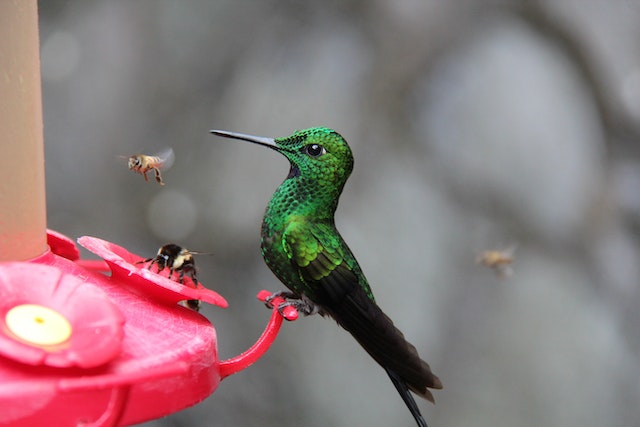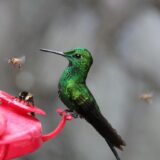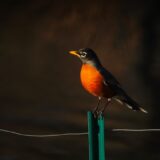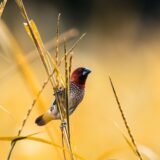Hummingbirds, with their iridescent feathers and incredible agility, are a delight to watch. Their rapid wing beats and hovering abilities make them unique among birds, and they have a particular fondness for sweet nectar. As nature enthusiasts, birdwatchers, or backyard gardeners, it is our joy to attract these tiny avian marvels to our surroundings by providing them with a source of food. However, in our quest to offer nourishment, we must also understand the importance of ensuring the quality and freshness of hummingbird food.
In this comprehensive guide, we delve into the intriguing question: “Does hummingbird food go bad? By addressing common concerns and misconceptions, we aim to equip you with the knowledge and insights needed to create a safe and inviting environment for hummingbirds in your backyard or garden.
Throughout this FAQ, we will address questions such as the signs of spoiled hummingbird food, the impact of consuming bad nectar on hummingbirds, and the best practices for extending the shelf life of hummingbird food. Additionally, we will provide practical tips and suggestions to help you maintain fresh and enticing nectar for your vibrant visitors.
Understanding the intricacies of hummingbird food spoilage is crucial not only for the birds’ welfare but also for our role as stewards of the environment. By offering them a clean and dependable food source, we contribute to their overall health, energy, and successful breeding. Furthermore, ensuring that our efforts align with best practices allows us to enjoy the beauty and grace of hummingbirds while minimizing any potential negative impacts on their well-being.
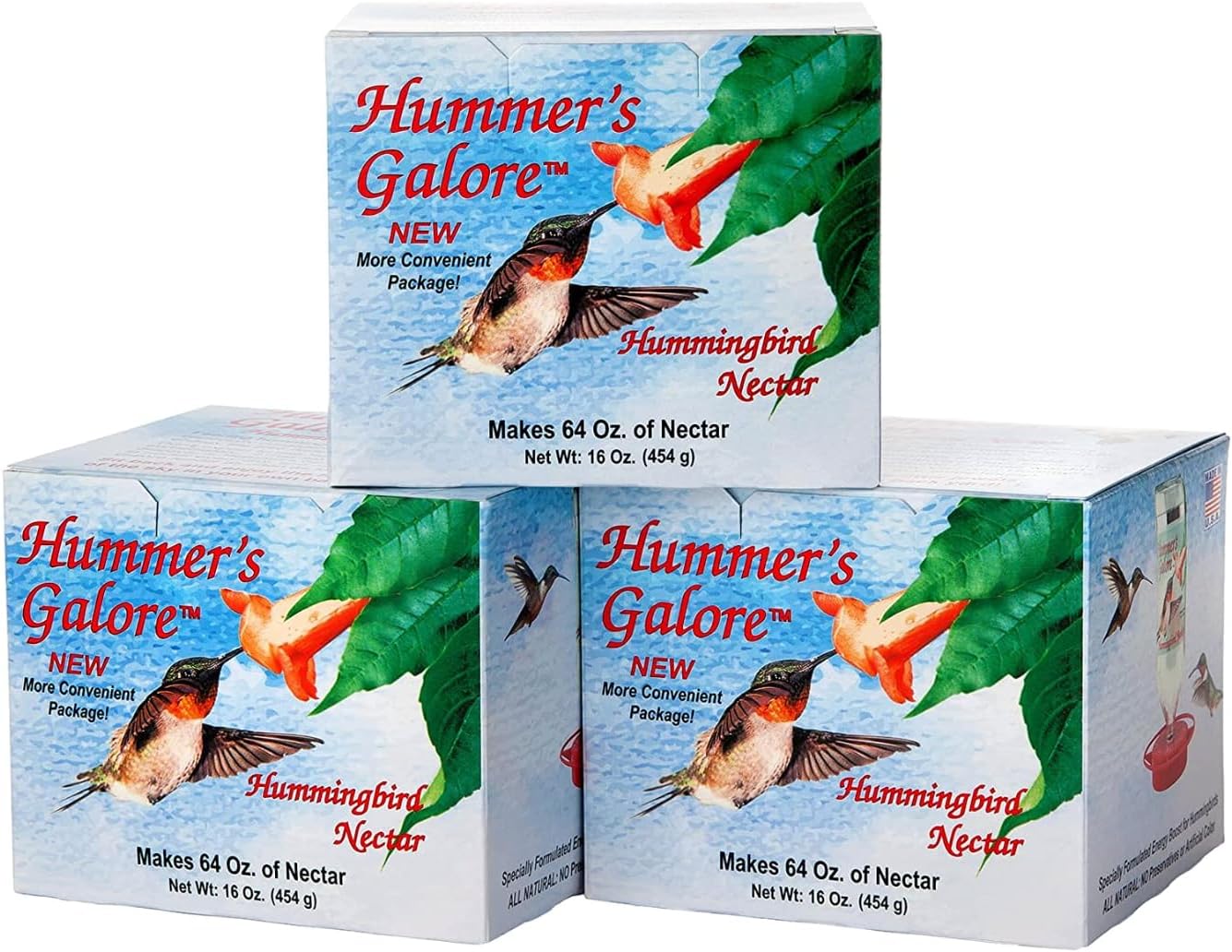
Does Hummingbird Food Go Bad?
Consuming bad or spoiled hummingbird food can have a significant impact on the health and well-being of these delicate creatures. When hummingbirds feed on nectar that has gone bad, they may experience various adverse effects.
Firstly, spoiled nectar can lead to digestive issues in hummingbirds. Mold growth or fermentation in the nectar can cause gastrointestinal disturbances, such as upset stomachs or diarrhea. These digestive problems can result in discomfort and can ultimately weaken the hummingbird’s overall health.
In addition to digestive issues, bad nectar can also expose hummingbirds to harmful bacteria or toxins. Contaminated nectar can harbor bacteria or other pathogens that can cause infections or diseases in hummingbirds. These infections can range from mild to severe and can have long-lasting effects on their health and survival.
Consuming spoiled nectar may also impact the hummingbird’s energy levels and ability to thrive. Bad nectar lacks the necessary nutrients and energy content that hummingbirds require to sustain their high metabolic rates and active lifestyles. As a result, hummingbirds may become weak, lethargic, or experience reduced stamina and may struggle to carry out essential activities such as foraging, mating, or migrating.
Extending the Shelf Life of Hummingbird Food
Extending the shelf life of hummingbird food is essential to ensure that the nectar remains fresh and safe for these delightful birds. By following proper storage methods and implementing certain practices, we can prolong the usability of hummingbird food.
One key factor in extending the shelf life is to store hummingbird food in a suitable environment. It is recommended to keep the nectar in a cool and dark place, away from direct sunlight or excessive heat. High temperatures can accelerate spoilage, causing the nectar to ferment or develop mold more quickly.
Proper cleaning and maintenance of hummingbird feeders also contribute to the longevity of the nectar. Regularly clean the feeders using mild soap and warm water, ensuring that all residues are removed. Thoroughly rinse the feeders to eliminate any soap residue, as it can be harmful to hummingbirds. Dry the feeders completely before refilling them with fresh nectar. Clean feeders prevent the growth of bacteria, mold, or other contaminants that can spoil the nectar.
Another useful tip to extend the shelf life of hummingbird food is to make smaller quantities of nectar at a time. This way, you can provide fresh nectar more frequently, reducing the chances of spoilage. Avoid making excessive amounts that may go unused for an extended period.
Regular monitoring of the nectar’s condition is vital. Check the nectar daily for any signs of spoilage, such as discoloration, cloudiness, mold growth, or an unpleasant odor. If you notice any of these signs, it is crucial to discard the old nectar and thoroughly clean the feeder before refilling it with fresh nectar.
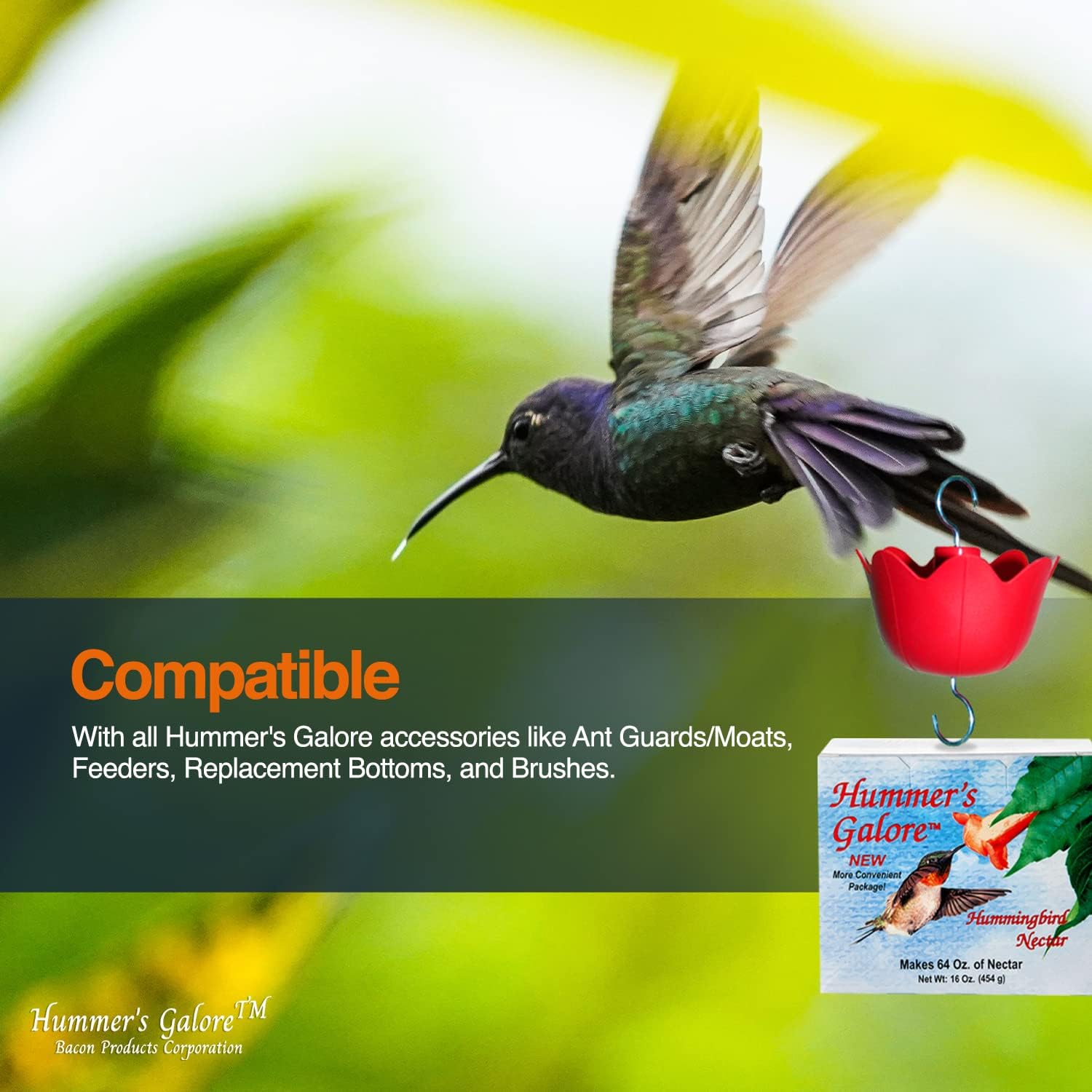

What factors contribute to the spoilage of hummingbird food?
Several factors can contribute to the spoilage of hummingbird food, which can ultimately render it unsuitable for consumption by these delightful birds. Understanding these factors is crucial for ensuring that the nectar remains fresh and safe for the hummingbirds we aim to attract.
One significant factor is exposure to heat and sunlight. Hummingbird food, particularly homemade nectar or pre-mixed solutions, can degrade more quickly when exposed to high temperatures or direct sunlight. Heat and sunlight promote the growth of bacteria and yeast, leading to fermentation and spoilage of the nectar.
Contamination is another factor that can contribute to the spoilage of hummingbird food. When the nectar comes into contact with dirty feeders, unclean water sources, or the hummingbirds’ beaks and feathers, it can introduce harmful bacteria, fungi, or other microorganisms. These contaminants can multiply in the nectar, leading to spoilage.
The presence of ants, bees, or other insects in the hummingbird feeders can also accelerate the spoilage process. These creatures may introduce dirt, debris, or their own bodily fluids into the nectar, leading to contamination and quicker deterioration of the food.
Improper storage is yet another factor that can contribute to nectar spoilage. If hummingbird food is stored in warm or humid conditions, it creates an environment conducive to the growth of bacteria, yeast, and mold. Additionally, storing the nectar for extended periods without proper refrigeration or without regular replacement can increase the likelihood of spoilage.
Lastly, the use of outdated or expired ingredients in homemade hummingbird nectar can also contribute to its spoilage. Using ingredients that have passed their expiration dates or are of poor quality can introduce contaminants and decrease the shelf life of the nectar.
Is it harmful for hummingbirds to consume spoiled nectar?
Consuming spoiled nectar can indeed be harmful to hummingbirds. Hummingbirds have delicate digestive systems that are adapted to process the natural sugars found in fresh nectar. When they consume nectar that has gone bad or spoiled, it can have adverse effects on their health.
Spoiled nectar may contain harmful bacteria, fungi, or other microorganisms that can lead to infections or digestive issues in hummingbirds. These microorganisms can multiply in the nectar, especially under warm or humid conditions, and pose a threat to the birds when ingested. The presence of bacteria or toxins can result in gastrointestinal disturbances, causing discomfort, diarrhea, or other digestive problems in hummingbirds.
In addition to digestive issues, consuming spoiled nectar can also deprive hummingbirds of essential nutrients. Fresh nectar provides the necessary energy and nutrition that hummingbirds need to fuel their high metabolic rates and sustain their active lifestyles. Spoiled nectar, on the other hand, may lack these essential nutrients or contain harmful substances that can hinder the birds’ ability to thrive.
Furthermore, consuming spoiled nectar can weaken the overall health and immune system of hummingbirds, making them more susceptible to diseases and infections. This weakened state can have long-lasting effects on their well-being, energy levels, and even their ability to survive and reproduce successfully.
To ensure the well-being of hummingbirds, it is crucial to provide them with fresh and uncontaminated nectar. Regularly monitoring the nectar for any signs of spoilage, such as discoloration, cloudiness, mold growth, or an unpleasant odor, is essential. If any of these signs are observed, it is important to promptly discard the old nectar, thoroughly clean the feeders, and replace it with fresh nectar.
What are the consequences of hummingbirds consuming bad nectar?
Consuming bad or spoiled nectar can have significant consequences for hummingbirds. These consequences can affect their health, energy levels, and overall well-being.
One consequence of hummingbirds consuming bad nectar is digestive issues. Spoiled nectar can contain harmful bacteria, fungi, or other microorganisms that can cause gastrointestinal disturbances in hummingbirds. This can lead to digestive discomfort, diarrhea, or other digestive problems that can impact their ability to absorb nutrients and stay hydrated.
Another consequence is a decline in energy levels and weakened stamina. Fresh nectar provides the essential sugars and nutrients that hummingbirds need to sustain their high metabolic rates and active lifestyles. When they consume bad nectar, which may lack the necessary nutrients or contain harmful substances, hummingbirds may experience reduced energy, lethargy, and a decreased ability to carry out essential activities like foraging, mating, or migrating.
Consuming bad nectar can also compromise the hummingbirds’ immune systems, making them more vulnerable to diseases and infections. The presence of harmful bacteria or toxins in spoiled nectar can weaken their immune response, making them more susceptible to illness. This can have long-lasting effects on their health and may even lead to a decline in their population over time.
To mitigate these consequences, it is crucial to provide fresh and uncontaminated nectar for hummingbirds. Regularly monitoring the nectar for signs of spoilage, cleaning the feeders regularly, and replacing the nectar every 2-3 days, especially in hot weather, can help ensure that hummingbirds receive a safe and nutritious food source. By taking these precautions, we can contribute to the well-being and vitality of these remarkable birds.
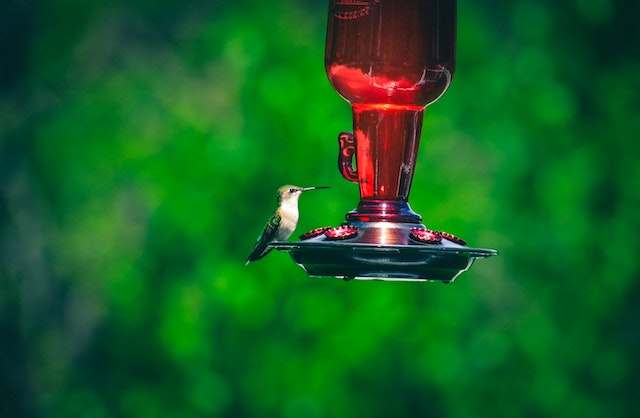
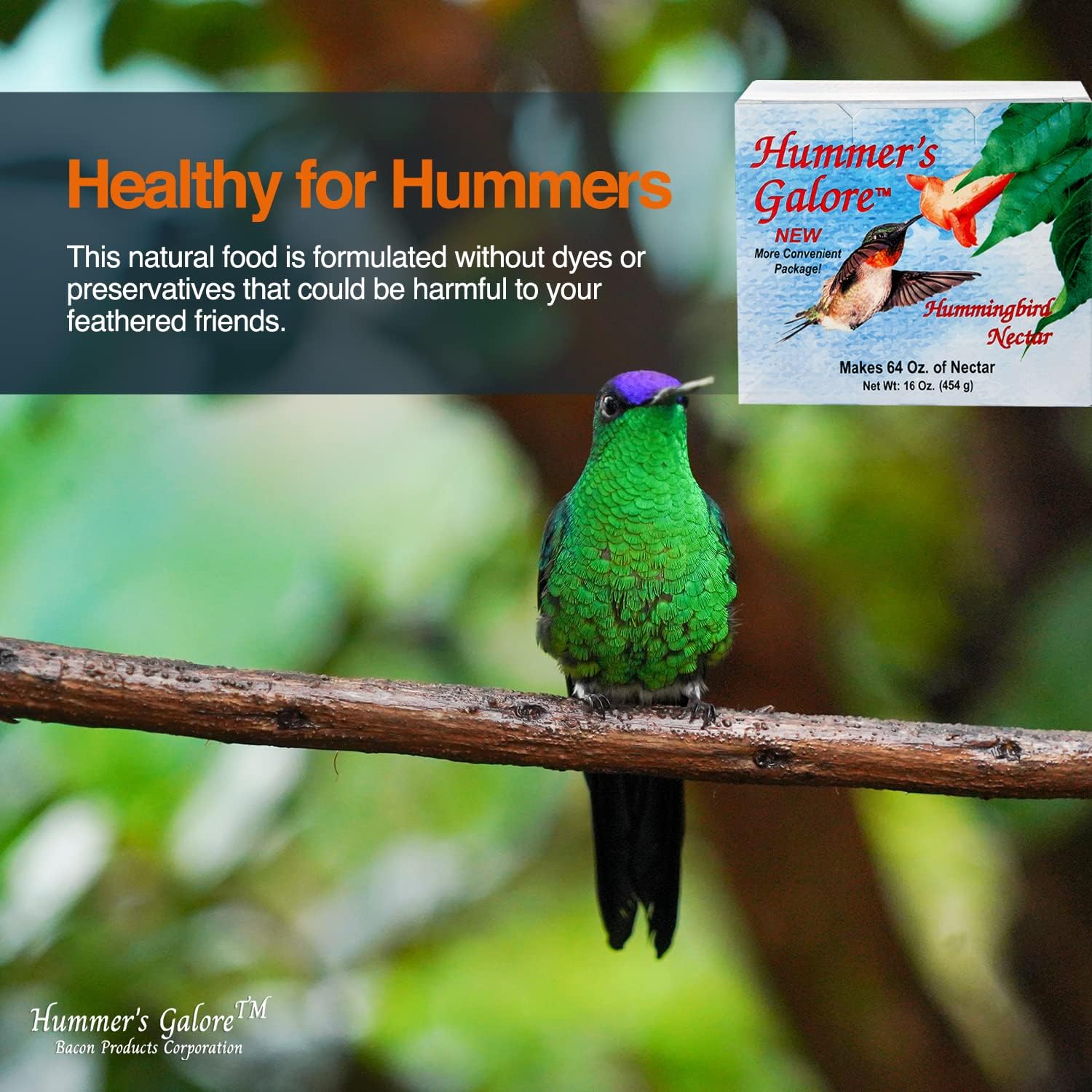
How extend the shelf life of hummingbird food?
Extending the shelf life of hummingbird food is essential to ensure that it remains fresh and safe for these delightful birds. By implementing a few simple practices, you can prolong the usability of hummingbird food and provide a consistent and appealing food source.
One key step in extending the shelf life is proper storage. Hummingbird food should be kept in a cool and dark place, away from direct sunlight or excessive heat. High temperatures can accelerate spoilage, leading to fermentation or the growth of mold. Find a location that maintains a moderate temperature to preserve the freshness of the nectar.
Regular cleaning and maintenance of hummingbird feeders are crucial for prolonging the shelf life of the food. Clean the feeders with mild soap and warm water, ensuring that all residues are removed. Rinse the feeders thoroughly to eliminate any soap residue, as it can be harmful to hummingbirds. Allow the feeders to dry completely before refilling them with fresh nectar. Clean feeders prevent the growth of bacteria, mold, or other contaminants that can spoil the food.
Making smaller quantities of nectar at a time can also help extend its shelf life. By preparing smaller batches, you can provide fresh nectar more frequently, reducing the chances of spoilage. Avoid making excessive amounts that may go unused for an extended period, as this increases the risk of deterioration.
Regularly monitoring the condition of the nectar is essential. Check the nectar daily for any signs of spoilage, such as discoloration, cloudiness, mold growth, or an unpleasant odor. If any of these signs are observed, it is crucial to discard the old nectar and thoroughly clean the feeder before refilling it with fresh nectar. Prompt replacement of spoiled nectar ensures that the food remains enticing and safe for the hummingbirds.
How often do hummingbird food?
The frequency of changing hummingbird food depends on several factors. One of the primary factors to consider is the temperature. In hotter climates or during warmer months, the nectar is more prone to spoilage due to the accelerated growth of bacteria and mold. To ensure the freshness and safety of the food, it is generally recommended to change the hummingbird food every 2-3 days in such conditions. By replacing the nectar regularly, you provide fresh and uncontaminated food for the hummingbirds.
Another factor to consider is the cleanliness of the feeder. A clean feeder is essential for maintaining the quality of the hummingbird food. If the feeder becomes dirty or contaminated with debris, mold, or bacteria, it can expedite the spoilage process. Regularly inspect the feeder for any signs of dirt or contamination, and clean it thoroughly before refilling with fresh nectar. By keeping the feeder clean, you reduce the risk of spoilage and ensure a healthy food source for the hummingbirds.
Observing the consumption rate of the nectar can also guide how often to change it. If the hummingbirds are consuming the nectar quickly and the feeder empties within a day or two, it is a good indication that they are actively feeding and the nectar is being consumed before it has a chance to spoil. In this case, you can continue to change the food every 2-3 days to maintain freshness. However, if the nectar remains largely untouched for several days, it is advisable to change it more frequently, even if the recommended time frame hasn’t passed, to prevent the nectar from going bad and attracting unwanted pests.


What are some tips for maintaining fresh hummingbird nectar?
To maintain fresh hummingbird nectar, there are several key tips to keep in mind. First, prepare smaller quantities of nectar to ensure freshness. By making smaller batches, you can provide fresh nectar more frequently and reduce the risk of spoilage. Avoid making excessive amounts that may go unused for an extended period.
Proper storage is also crucial. Store the nectar in a cool and dark place, away from direct sunlight or excessive heat. High temperatures can accelerate the spoilage process, leading to fermentation or the growth of mold. By finding a location with a moderate temperature, you can preserve the freshness of the nectar for a longer time.
Regular cleaning of the hummingbird feeders is essential for maintaining the freshness of the nectar. Clean the feeders with mild soap and warm water, ensuring that all residues are removed. Rinse the feeders thoroughly to eliminate any soap residue, as it can be harmful to hummingbirds. Allow the feeders to dry completely before refilling them with fresh nectar. By cleaning the feeders regularly, you prevent the growth of bacteria, mold, or other contaminants that can spoil the nectar.
Monitoring the condition of the nectar is important as well. Check the nectar daily for any signs of spoilage, such as discoloration, cloudiness, mold growth, or an unpleasant odor. If any of these signs are observed, promptly discard the old nectar and thoroughly clean the feeder before refilling it with fresh nectar. Regular monitoring ensures that the hummingbirds have access to fresh and uncontaminated food. By following these tips for maintaining fresh hummingbird nectar, you can provide a consistent and enticing food source for these fascinating birds. It supports their health, well-being, and enjoyment while visiting your garden or feeding area.
Conclusion
In conclusion, a bird food chart serves as a valuable resource for bird enthusiasts, providing guidance on the appropriate foods to attract or feed specific bird species. While it is not necessary to strictly adhere to a bird food chart, it offers valuable insights into the dietary preferences and needs of birds, helping to create a well-rounded feeding experience. However, it is important to exercise flexibility and observe the birds in your area, making adjustments based on their preferences and behaviors.
Precautions should also be taken when using a bird food chart, such as choosing suitable foods, maintaining cleanliness, considering the impact on the environment, and following any local regulations. By combining the guidance from a bird food chart with careful observation and responsible feeding practices, you can create a welcoming and nourishing environment for the avian visitors in your surroundings.

